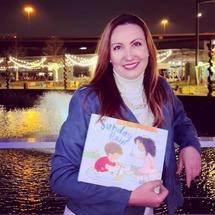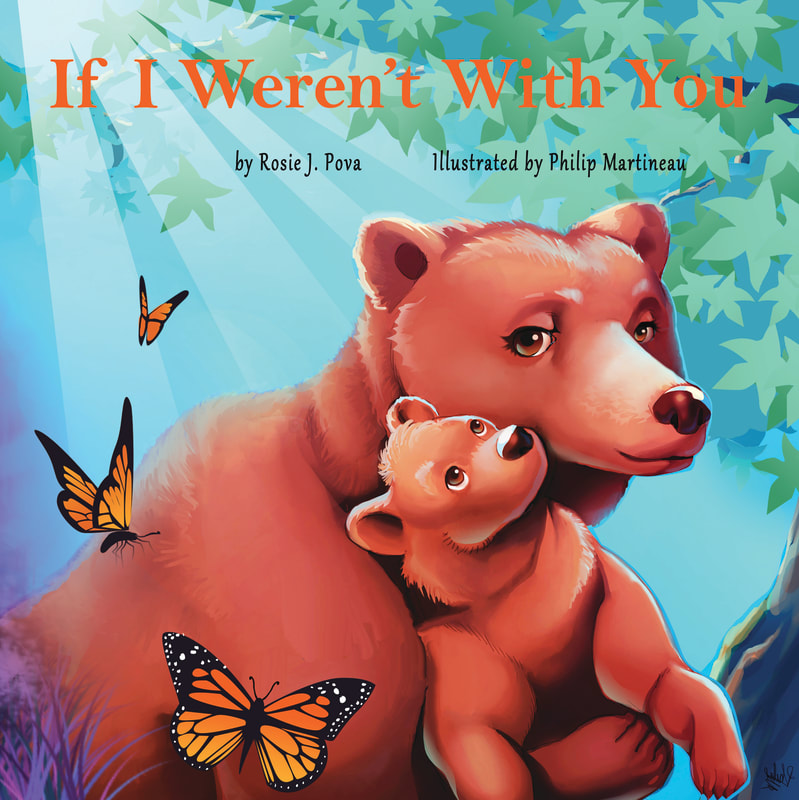|
If the classic picture book structure is your favorite and you want to stick with it, make sure you hit all the important points when drafting your story. Here's an easy model to follow – apply it to your manuscript spread by spread, find what's missing or where your pace is disturbed, then modify, mold, and master!
[For a 32-page picture book, you'll have fourteen spreads in which to fit your story.] 1. Introduce your main character (MC) and show us something interesting or special about him/her: skills, quirks, relationships etc. This is also where you set the expectation of tone, type of story, and voice. 2. Establish the MC's normal world. What's the setting? Does the setting play a special role in your story? 3. Develop MC even further. What does he/she want? You might introduce a secondary character. 4. Inciting incident: something happens that disturbs the "normal" and prompts the MC to take action. The MC needs to do something about it, either to restore the balance or to take a step toward their goal/desire that they've had at the beginning. 5. First try: MC fails and the situation gets worse. This failure also brings a little change in him/her. It helps the MC learn more about the world or himself. 6. Second try: MC fails again. Tension escalates. MC has a bit of a different perspective. He learns something from this failure, too. 7. Third try: MC fails once again. This time it seems like all is lost and there's no way out of the mess. 8. MC reflects on the situation and contemplates his next move. MC gets past the defeat, finds hope, and the motivation to try again. 9. MC gathers his/her strength and skills learned from previous experience and makes a decision to solve his/her problem in a different way. 10. The preparation: does the MC need to gather supplies, resources or dig deeper to ensure success this time? 11. Final battle. The MC makes the biggest effort here, using all of his/her previous lessons learned and new resources. 12. MC wins! He/she solves the problem. You can use a twist, a surprise, or a clever solution here. The most important thing is that no one else solves the problem for your MC. It should not feel like a coincidence, either. The more original this part is, the more of the "golden factor" your book will have. Don't use the first idea that comes to mind. Search further and think outside-the-box. 13. A satisfying ending. MC might not get exactly what he/she wanted, but what they need. Tie it back to the beginning. 14. MC is changed as a result of his journey. Show the "new normal" for your MC with a hint of what the future might look like for them. Finish on a positive, hopeful or humorous note, depending on the tone and type of story. Make sure it matches what you've established for the story's world from the get-go. That's it! There's some wiggle room here and there, but overall this model should give you some guidance on how to develop your classic structured picture book. This is only the frame to get you started with your draft. As for the rest of the elements that make for a great picture book, like an original idea, vocabulary, voice, literary devices, imagery, page turns, illustration potential etc., those are subject to future posts. Happy creating! Leave a comment and share your biggest challenges, advice or thoughts on crafting your classic structured picture book.
11 Comments
|
About Rosie J. PovaRosie J. Pova is a multi-published, award-winning children's author and kid lit Writing Coach. She's the creator of Picture Book Mastery System™ that is proven to help emerging children's writers advance their career and get closer to their publishing goals.
Rosie's latest picture book, Sunday Rain, was featured in The New York Times and recommended by Parents magazine. Her upcoming picture book, The School of Failure: A Story About Success will be released in the spring of 2022 in both China and the USA. Rosie also loves to visit schools and her interactive workshops empower students to unleash their creativity and grow in confidence through reading, writing, and creating. Teachers and librarians love Rosie for her bubbly, upbeat personality which captures students' attention, encourages them to think creatively, and motivates them to pursue big dreams. She has been featured on TV, radio, podcasts, and print media, and also speaks on women's and moms’ topics, sharing her journey from a Bulgarian immigrant to a published author. Find out more about Rosie's online courses, mentorships, and her work by visiting her website: RosieJPova.com Check out her Critique Services here, her Workshops here, and her school visits page here. Rosie is represented by Jackie Kruzie of Focused Artists. Twitter: @RosiePOV Archives
July 2024
Categories
All
|
|
Connect with Rosie
|
|











